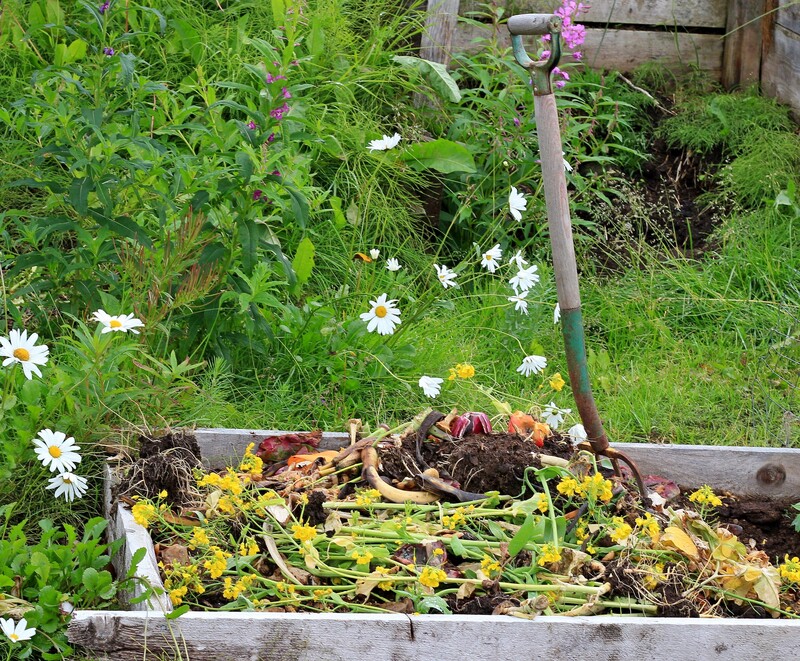Taking Action for a Cleaner World: PPE Waste Disposal Explained
In today's world, the use of Personal Protective Equipment (PPE) is indispensable for maintaining public health and safety. However, the increase in PPE consumption--especially during global pandemics--has led to significant environmental challenges. Improper PPE waste disposal is a growing concern, contributing to pollution, health hazards, and environmental degradation. This comprehensive guide will delve into PPE waste disposal, why it matters, and the steps we can take collectively for a cleaner world.
Understanding PPE Waste: What Is It?
PPE waste refers to any discarded item designed to protect the user from health or safety risks, especially in medical, industrial, and public spaces. This includes:
- Surgical masks and respirators
- Latex, nitrile, or vinyl gloves
- Face shields and goggles
- Protective gowns, coveralls, and aprons
- Shoe covers and head covers
During the COVID-19 pandemic, global usage of PPE skyrocketed. The World Health Organization (WHO) estimated that, as of 2020, a monthly average of 89 million medical masks, 76 million examination gloves, and 1.6 million goggles were needed globally. This surge in demand has inevitably resulted in an unprecedented increase in PPE waste.

Why Proper PPE Waste Disposal Is Crucial
Improper PPE waste management poses severe risks for both environmental and human health. Here's why effective disposal is essential:
- Environmental Pollution: Discarded masks and gloves often end up in landfills, rivers, and oceans, harming wildlife and contributing to plastic pollution.
- Health Hazards: Used PPE can harbor infectious agents, risking the spread of pathogens to sanitation workers and the general public.
- Blockage of Waste Systems: Flushed gloves and masks can block sewage systems, leading to environmental and infrastructural damage.
- Long Decomposition Times: Most PPE contains plastics such as polypropylene, taking hundreds of years to degrade.
Addressing PPE waste disposal is more than a matter of cleanliness--it is a vital component in the fight for a sustainable planet.
PPE Waste Disposal Explained: Processes and Best Practices
Segregation of PPE Waste
Proper segregation is the first step in responsible PPE disposal. Segregation involves sorting waste at the point of generation:
- Infectious PPE waste (from hospitals, clinics, or quarantined homes): Must be treated as biohazardous and collected separately in yellow or red biohazard bags.
- Non-infectious PPE waste: Used in public places, offices, or homes with no known contamination. Should be collected in separate containers, ideally marked "PPE waste."
Never mix PPE waste with regular recyclables like paper, plastic, or organic food waste.
Collection and Storage Guidelines
- Seal securely: Tie waste bags tightly and avoid overfilling.
- Label and identify: Mark containers clearly to prevent accidental mishandling.
- Store safely: Keep waste away from human contact and out of reach of children and animals until collection by an authorized waste handler.
In healthcare or laboratory settings, follow local and national infectious waste protocols to minimize risks.
Treatment and Disposal Methods
There are several recommended methods for PPE waste treatment and disposal:
- Incineration: High-temperature incineration is the most common method for destroying medical PPE waste, effectively eliminating pathogens. However, it must be performed in controlled facilities to avoid harmful emissions.
- Autoclaving (Steam Sterilization): Autoclaves use heat to disinfect waste before shredding and landfilling. Suitable for non-plastic PPE materials.
- Landfilling: Treated PPE waste can be deposited in sanitary landfills. However, unsorted or untreated PPE should not be landfilled, as it poses infection and pollution risks.
- Chemical disinfection: Disinfecting waste (especially in small-scale settings) can help render used PPE safe for subsequent disposal.
Whenever possible, world health agencies recommend use of eco-friendly incineration and autoclaving. Innovations in biodegradable PPE also hold great promise for a green future.
PPE Waste Disposal at Home and in Public Spaces
- Place used masks and gloves in a plastic or paper bag, tie securely, and dispose of with household waste--NOT with recyclables or flush down the toilet.
- Wash hands immediately after disposing of PPE.
- If positive for an infectious disease, follow local health authority guidelines for quarantine waste disposal.
Communities must foster awareness on proper PPE waste handling to prevent environmental littering and human health hazards.
The Global Scale of PPE Waste: Environmental Impact
The pandemic has brought an explosion in PPE-related litter across the globe. According to the peer-reviewed journal Environmental Science & Technology, over 1.56 billion face masks may have entered the ocean in 2020 alone, contributing as much as 4,680 to 6,240 metric tons of marine plastic pollution.
- Wildlife Threat: Birds, fish, and marine animals mistake shredded gloves and mask straps for food or become entangled, causing injury or fatality.
- Microplastic Hazard: As PPE breaks down, it becomes microplastics, which accumulate in ecosystems and food chains, affecting both animals and humans.
It is imperative that individuals, businesses, and governments act with responsibility, promoting sustainable PPE waste disposal strategies across every sector of society.
Innovations and Alternatives: Toward a Circular PPE Economy
Biodegradable PPE Materials
To combat plastic pollution, researchers and companies are developing biodegradable PPE alternatives:
- Masks made from plant-based polymers or cellulose fibers
- Compostable gloves and protective clothing
- Face shields manufactured by 3D printing with biodegradable plastics
While such products are not yet mainstream, their adoption promises to reduce the environmental footprint of PPE waste in the long term.
PPE Recycling and Reuse Technologies
- Advanced recycling facilities can process certain types of mask and glove waste into usable material for construction, textiles, or road surfacing.
- Sterilization for reuse: Some PPE (such as face shields) may be sterilized and safely reused, reducing overall waste generation.
However, recycling PPE waste at scale presents technological and safety challenges, as most products are contaminated and require strict handling.
Laws, Regulations, and Policy Frameworks for PPE Waste Management
Effective PPE disposal relies on comprehensive policy and regulation at national and international levels. Key measures include:
- Mandated waste segregation and labeling for PPE in health care and quarantine settings.
- Strict guidelines for transportation, treatment, and destruction of hazardous medical waste.
- Fines or penalties for illegal dumping of PPE waste in public, aquatic, or roadside environments.
- Incentives and funding for research into sustainable PPE materials and advanced recycling technologies.
In the United States, agencies like the EPA (Environmental Protection Agency) provide guidance for COVID-19 waste management. The EU and WHO offer similar frameworks, encouraging eco-friendly practices worldwide.
What Can Individuals Do? Taking Action for PPE Waste Reduction
Everyone can help create a cleaner world with mindful habits in PPE waste handling and disposal. Here's how you can make a difference:
- Use reusable PPE: Opt for washable cloth masks and sterilizable face shields when safe and appropriate.
- Dispose responsibly: Never litter or flush used PPE. Place items in proper trash containers, sealed securely.
- Educate others: Share correct disposal information within your community, school, or workplace.
- Support sustainable products: Advocate for and purchase biodegradable or recyclable PPE whenever available.
- Participate in clean-up drives: Join local efforts to remove PPE litter from beaches, parks, and urban areas.
Business and Institutional Responsibility
- Set up clearly marked PPE waste bins throughout facilities.
- Train staff in the safe and correct disposal of PPE waste.
- Partner with certified waste management services for pick-up and treatment.
- Consider PPE recycling or take-back schemes for large-scale operations.

Challenges and Solutions in PPE Waste Disposal
Challenges:
- Lack of public awareness and education
- Insufficient segregation and labeling at source
- Limited infrastructure in developing countries
- Technological hurdles in recycling contaminated PPE
Solutions:
- Ongoing public awareness campaigns
- Government and business investment in specialized waste facilities
- R&D into compostable or easily sterilized PPE materials
- Support for international cooperation on cross-border PPE waste management issues
Conclusion: Our Role in a Cleaner, Safer Planet
The disposal of Personal Protective Equipment is a crucial environmental and public health issue in the modern world. As we strive to defend ourselves against infectious diseases, we must also safeguard our planet. Through proper PPE waste disposal, adoption of sustainable alternatives, and collective action, we all play a role in creating a cleaner, healthier world for future generations.
Let's make PPE waste management a cornerstone of both global health and environmental stewardship. Every responsible action brings us one step closer to a cleaner world.
